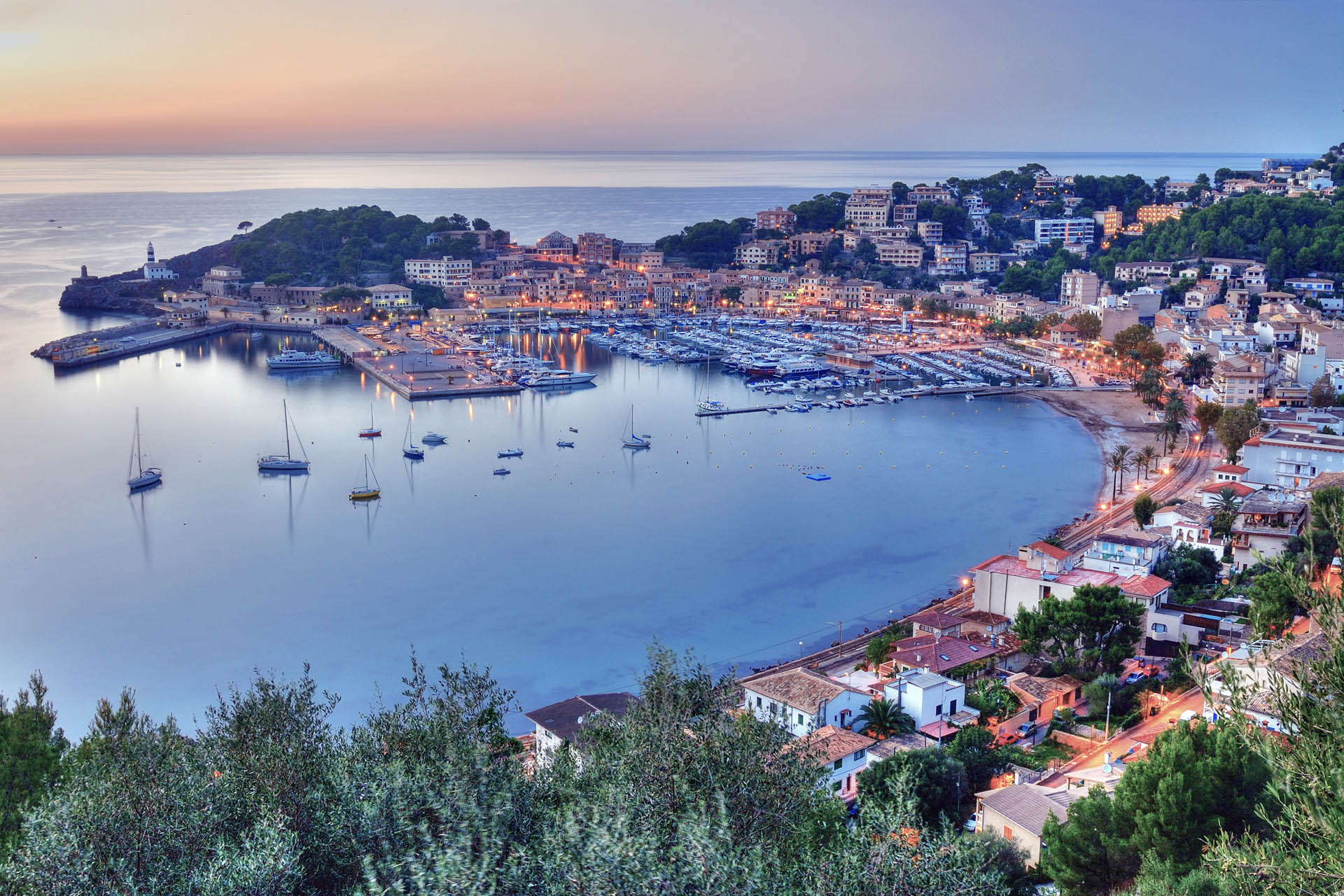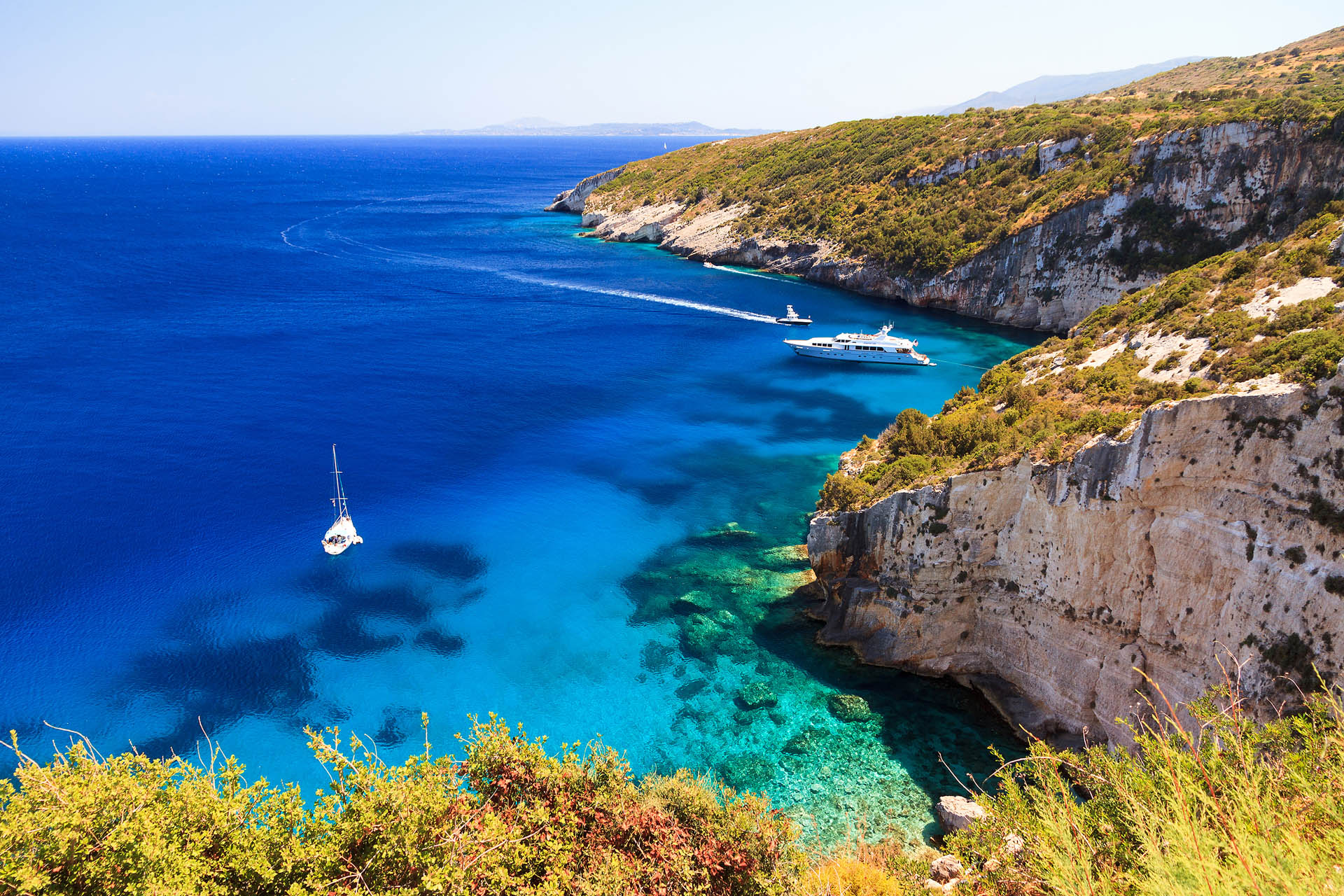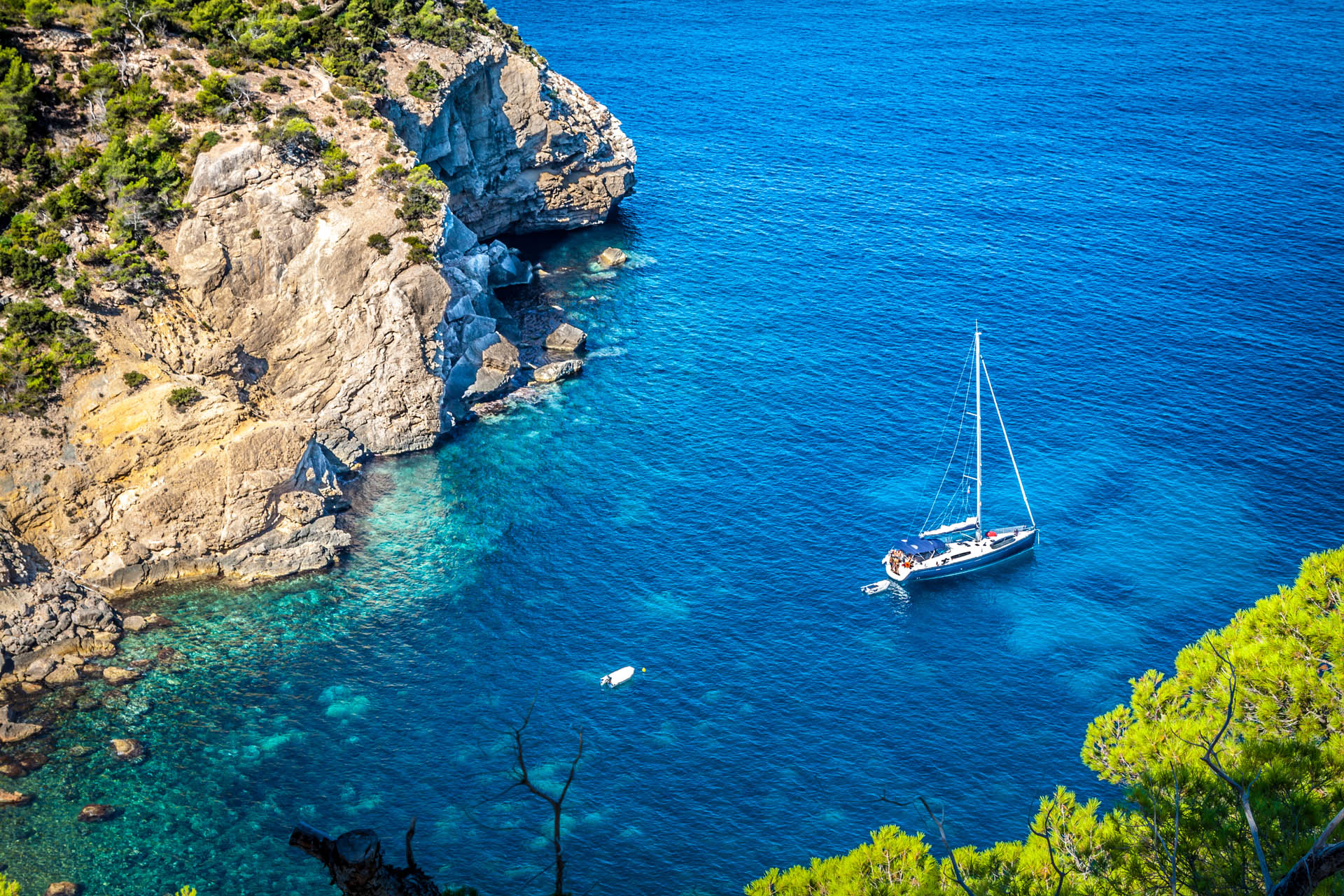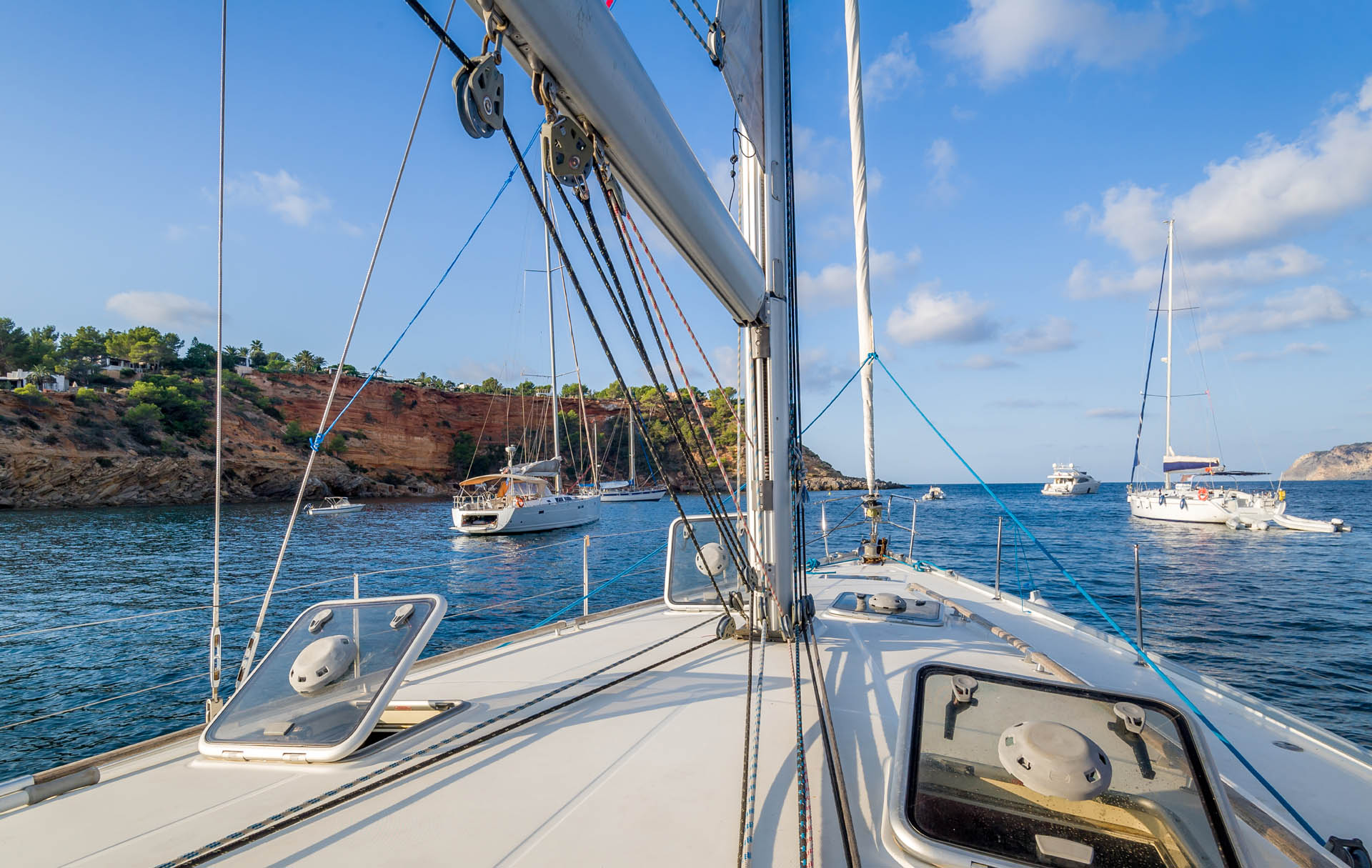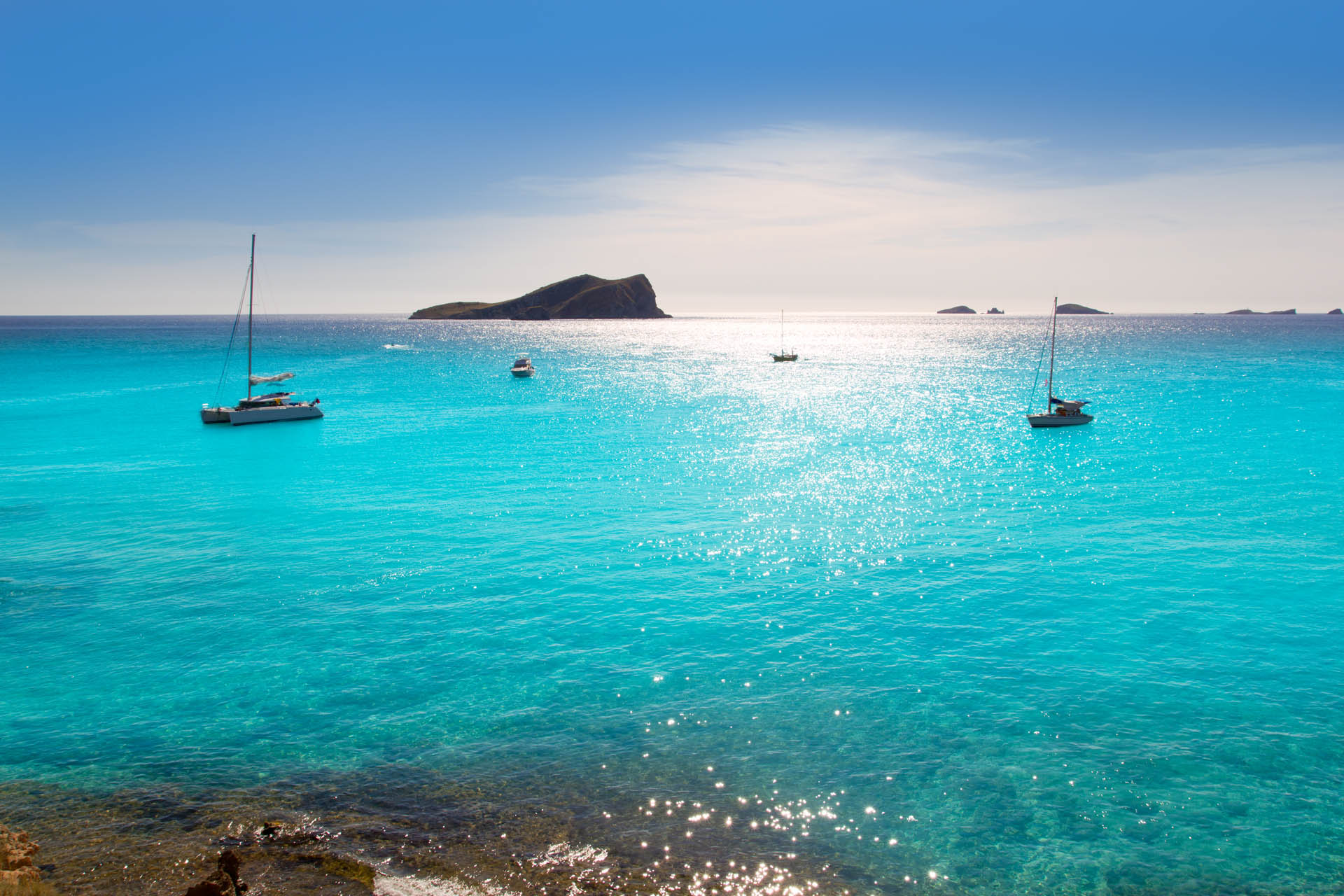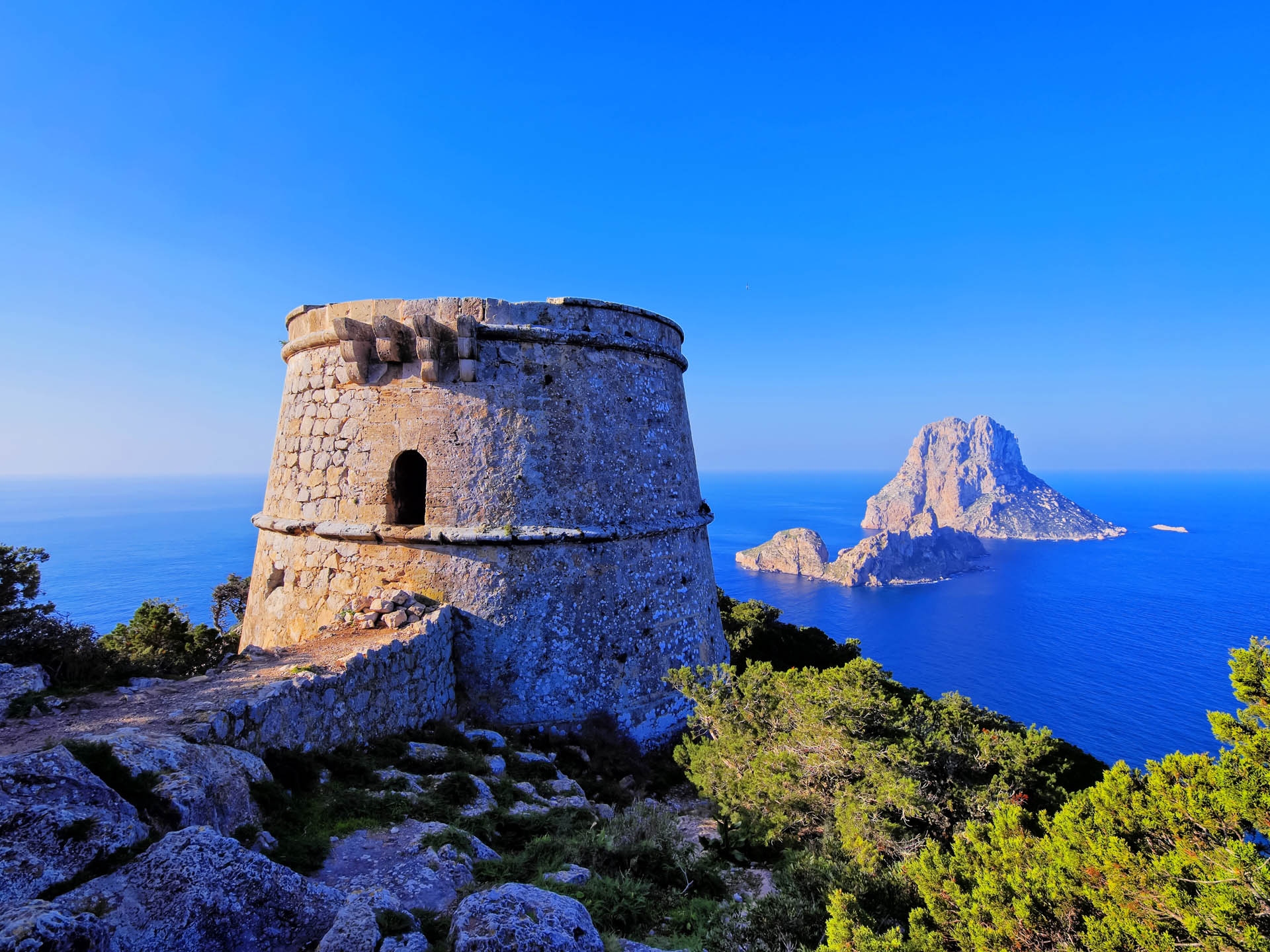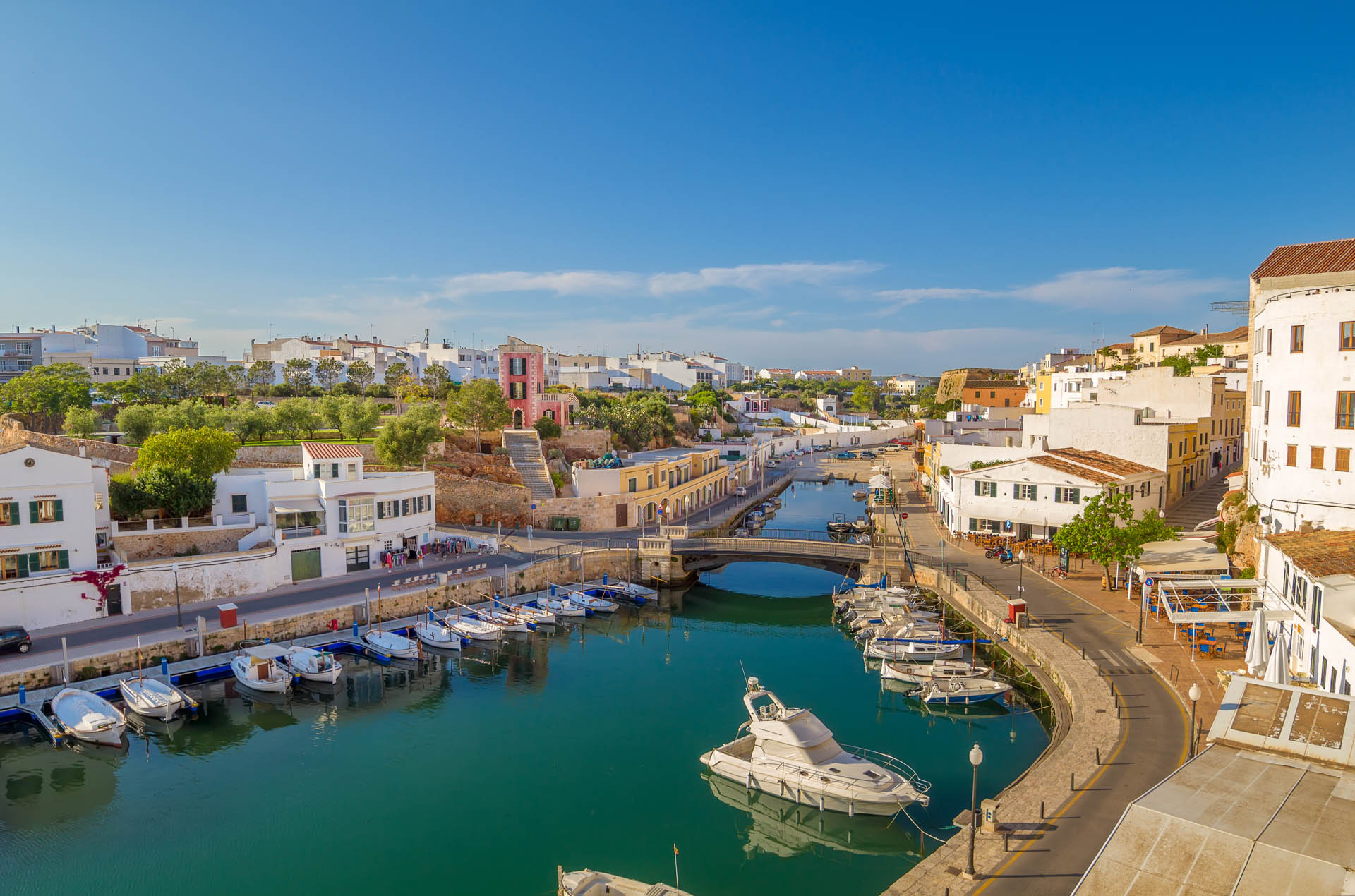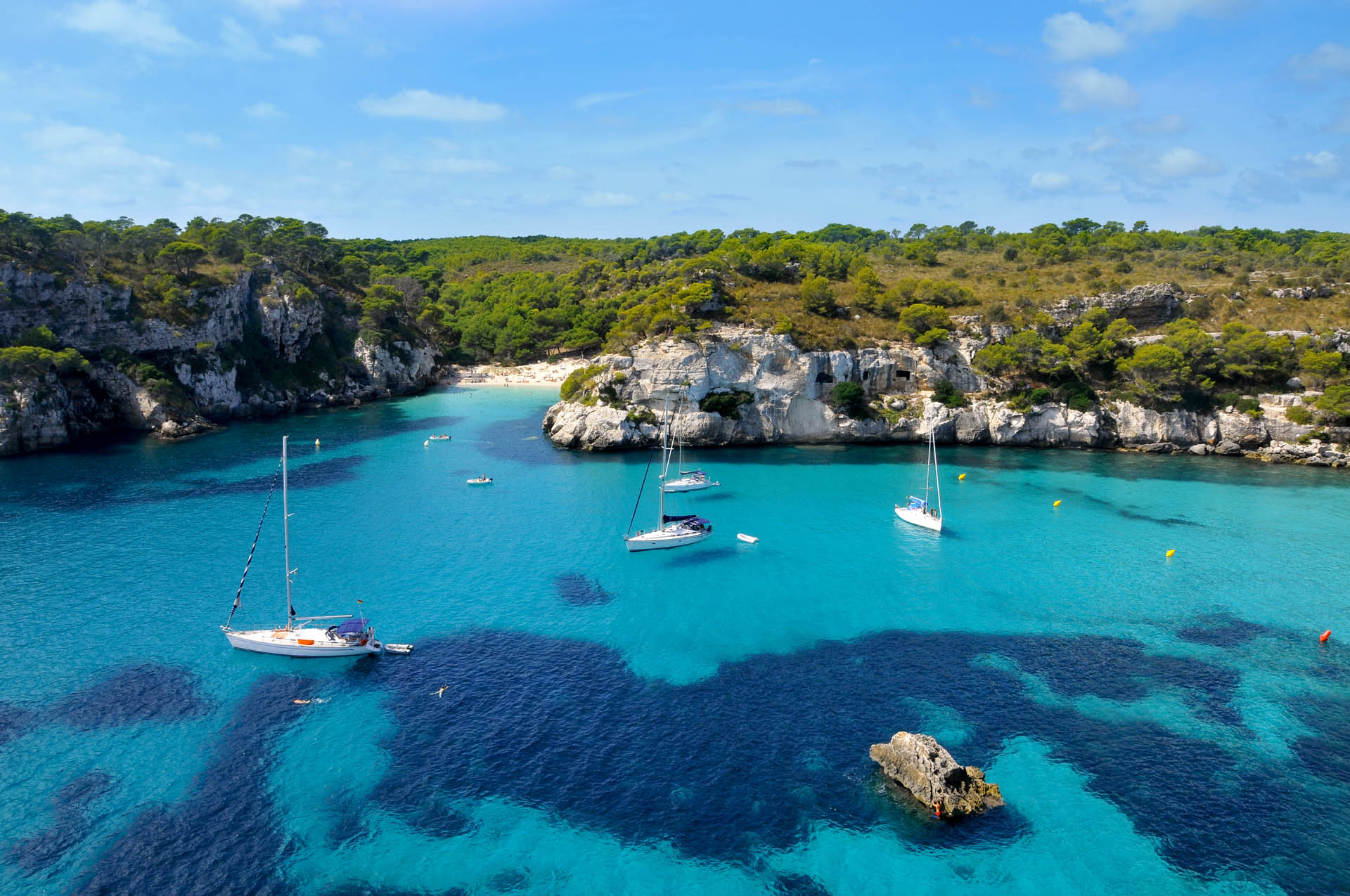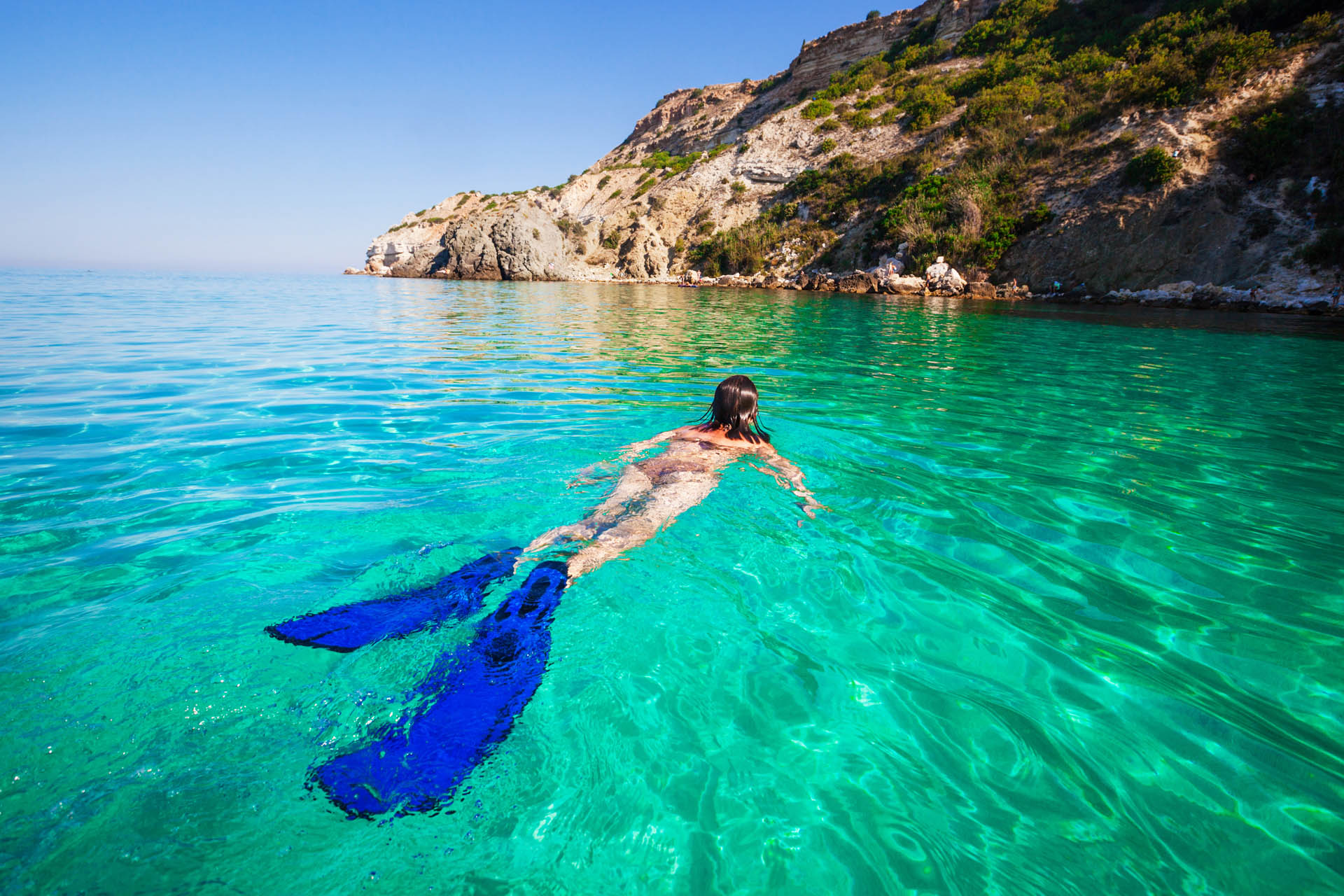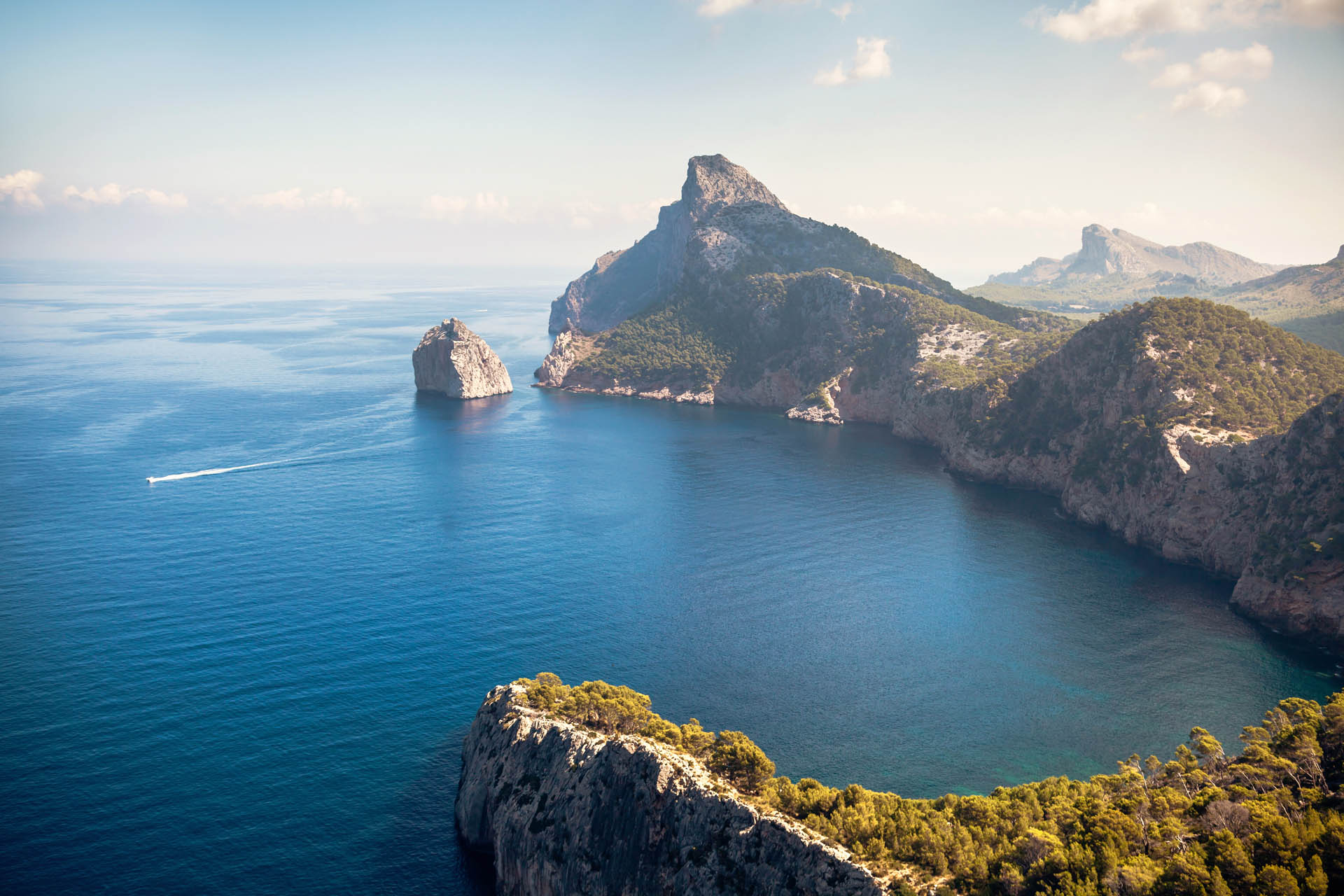
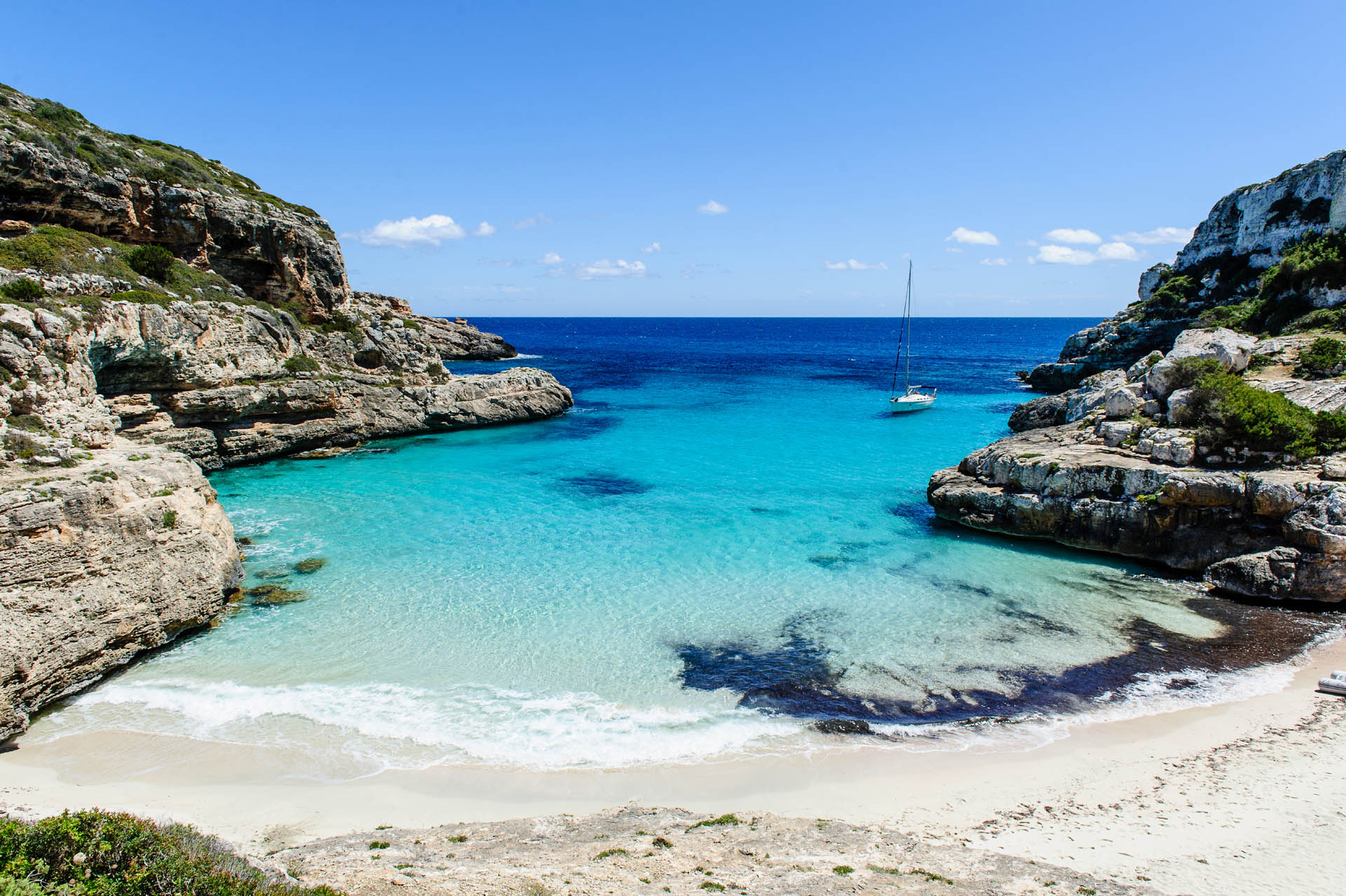
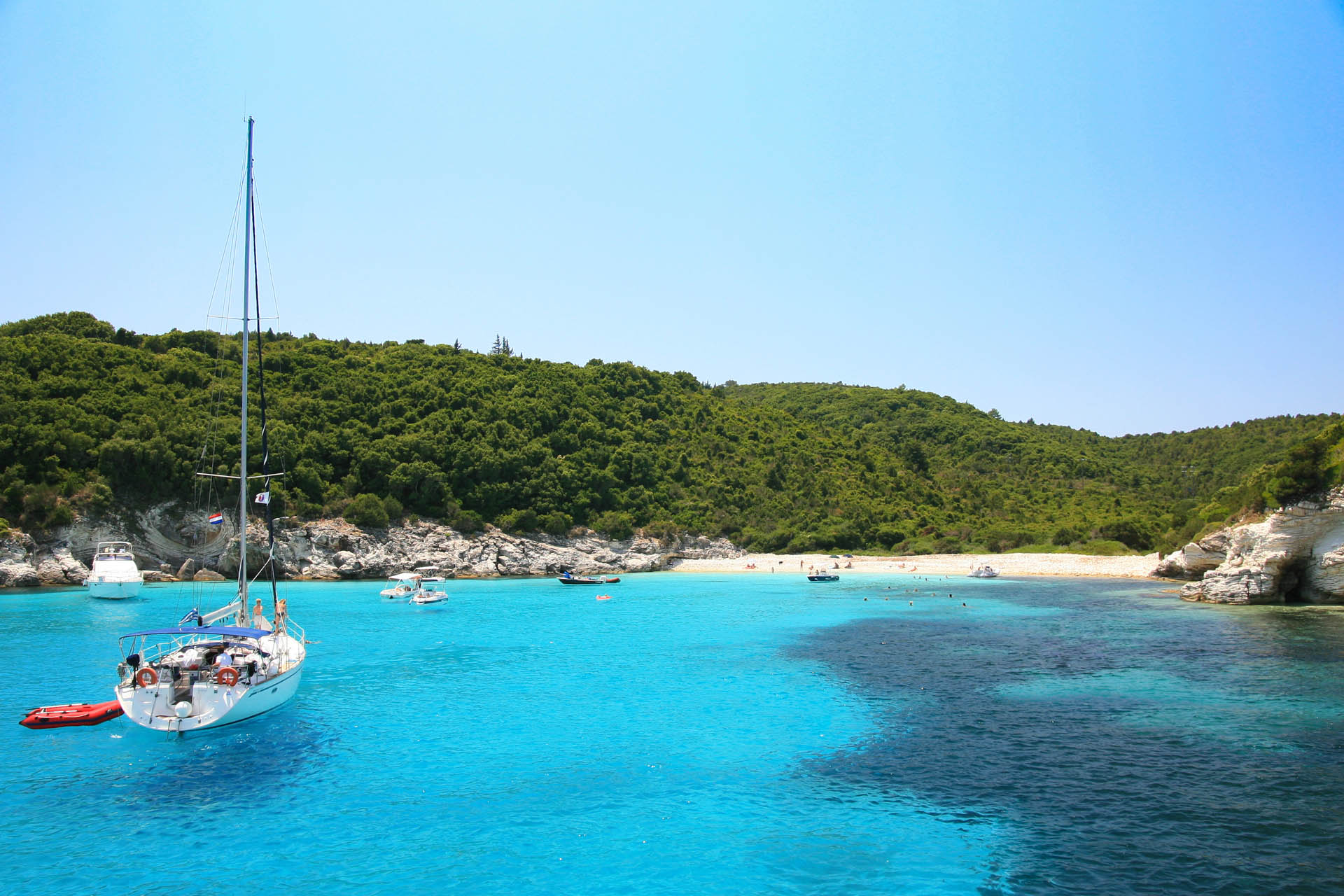
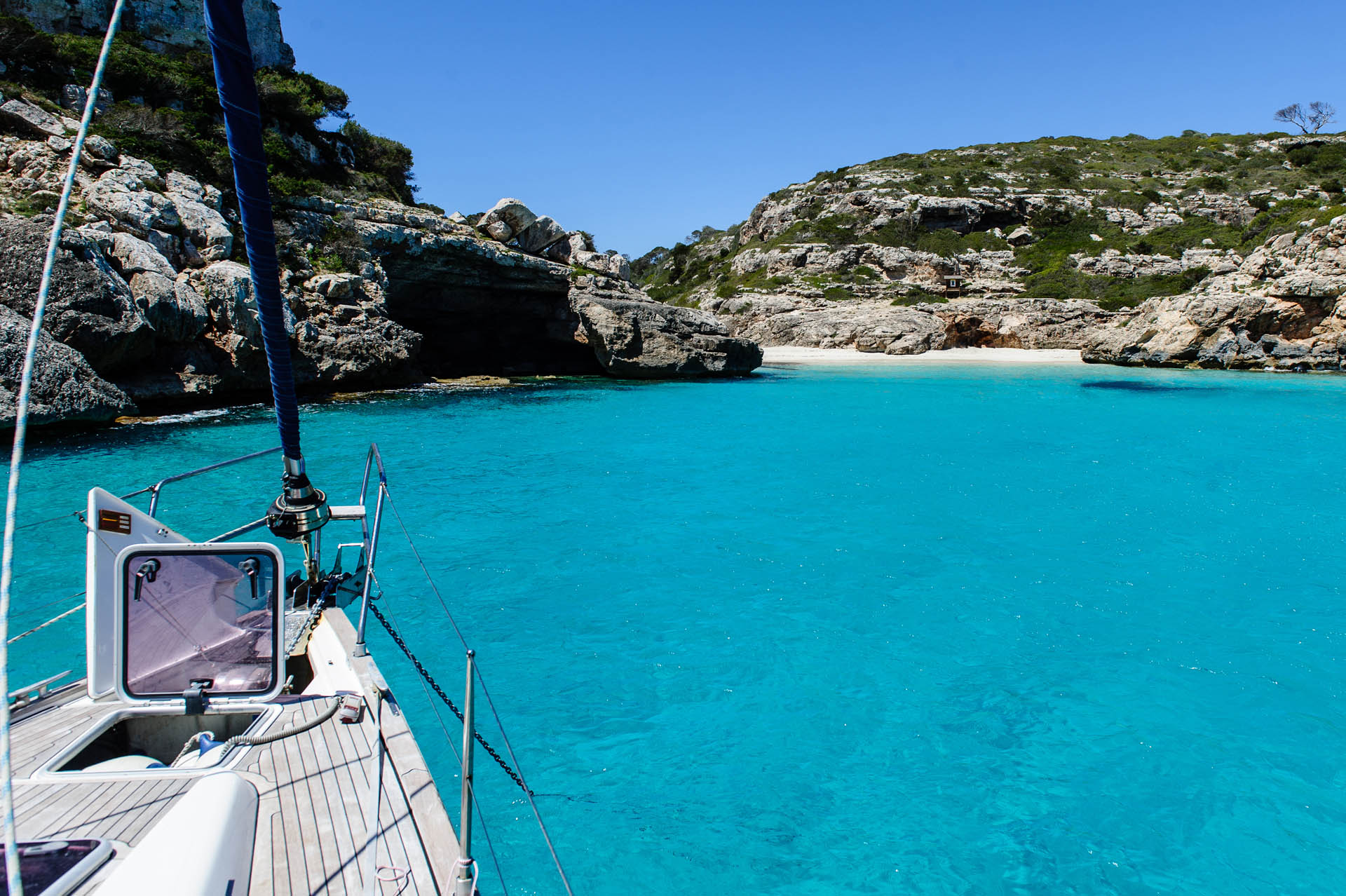
Balearic's
When we hear 'Balearic' we immediately think about that typical setting where we'd all like to be: coves lapped by the turquoise waters of the Mediterranean surrounded by forests where you just want time to stand still. Truth be told, Majorca, Minorca, Ibiza and Formentera (the largest islands in the archipelago) are tailor-made to enjoy the weather, the sea and sailing.
The islands are not just about beaches. In fact, UNESCO has included the island of Ibiza and its culture (e.g. Dalt Vila, the old city of Ibiza, is an extraordinary example of Renaissance military architecture) and the cultural landscape of the Serra de Tramuntana (located in Majorca and home to fascinating monuments and towns such as Sóller, Valldemossa and Pollença) on its list of World Heritage Sites. In order to properly discover the Balearic Islands by boat, it's a good idea to spend at least one week around each of the two largest islands (Majorca and Minorca) and another week in Ibiza and Formentera, although there are shorter trips that connect several islands. You will love the sensation of anchoring in coves where people cannot get to by car, the experience of spotting dolphins, night swimming when it's hot, seeing the fluorescent plankton phenomenon or star gazing from the deck. We also recommend mooring your vessel for the day and hiring a car or bike to travel around the different landscapes on the islands, both coastal and inland, making sure you enjoy the most exclusive side of the islands, having a drink on the coolest terraces at the 'in' restaurants, clubs or beach clubs that tend to start the day off with breakfast to then transform into cocktail bars in the evening.
The best and most enjoyable weather for sailing is between April and October, with summer being the most stable time of year (although you need to bear in mind possible high winds at sea). Moreover, the northern areas can even see some snow during winter months so it is advisable to not go out sailing at this time of year.
Source:
what to do
MORE THINGS TO DO
bases
Gallery


































